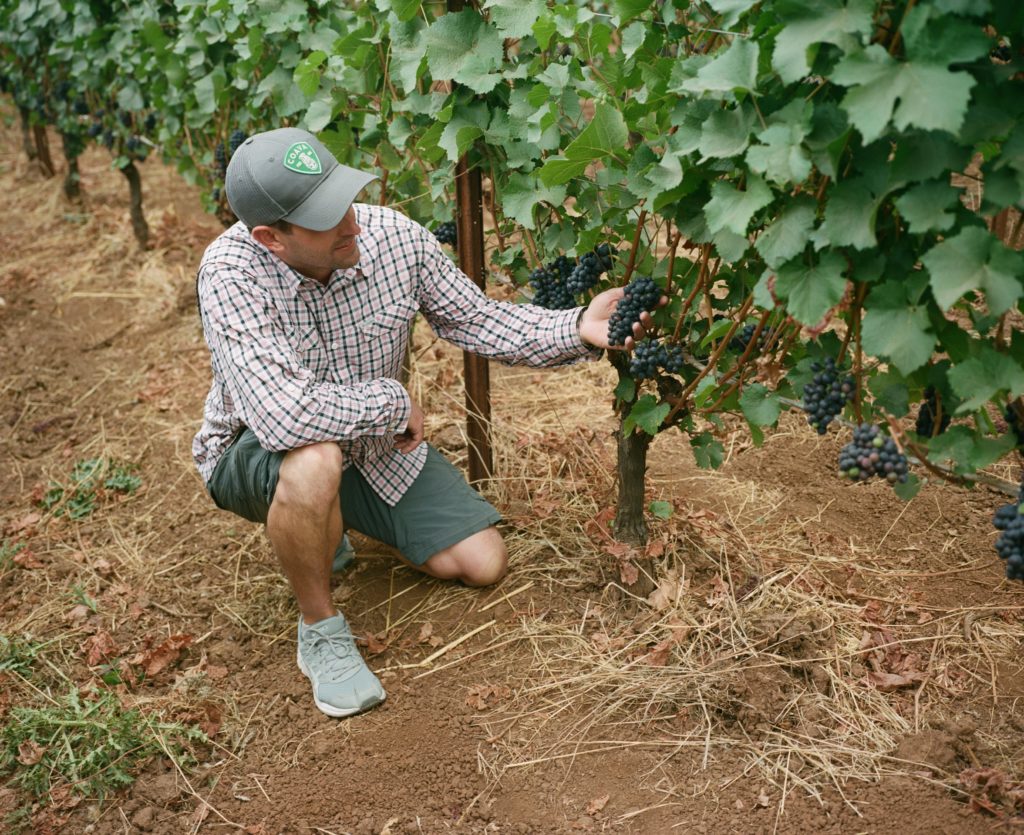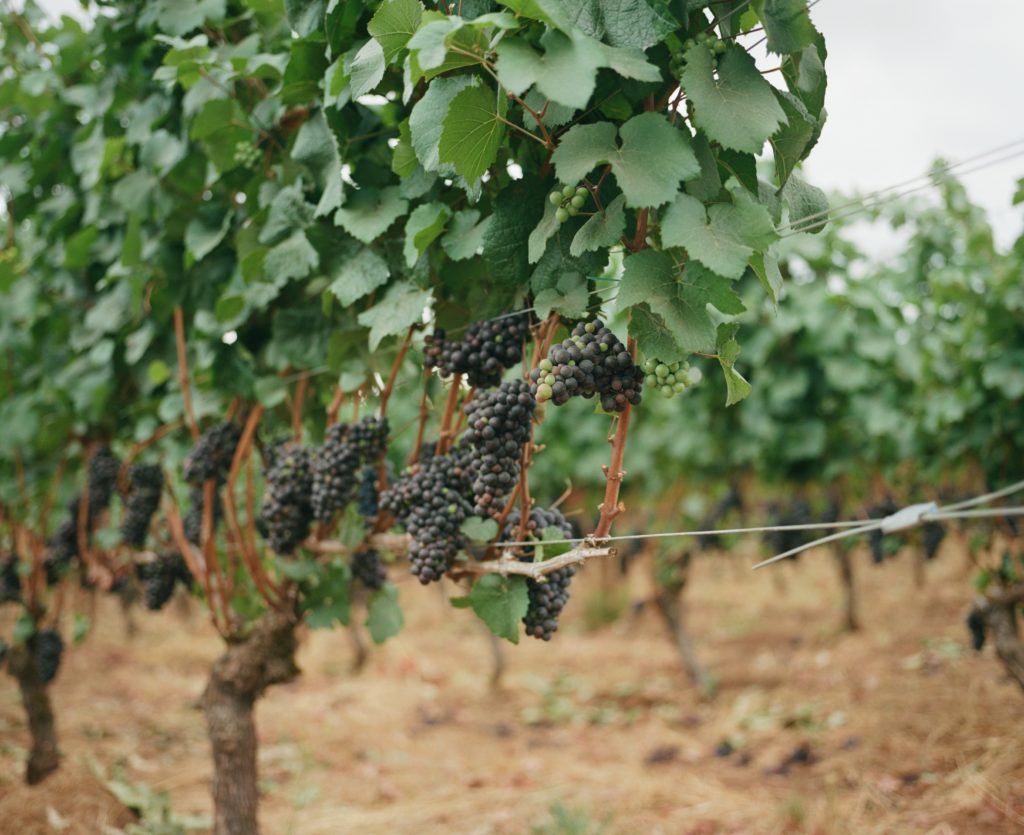Vintage Update – September 2022
Fall is in the air. The days have turned slightly cooler as the hours of daylight shorten. A drive through the Willamette Valley’s Dundee Hills reveals vineyard after vineyard loaded with clusters of grapes. It’s almost time to harvest the fruit for a vintage our winemakers anticipate to be exceptional.

In a typical year, we’d be well into the harvest season by now. But, as we look in the rearview mirror, we see the factors that led to this delayed harvest across Oregon wine country. Namely, a very cold and wet spring delayed the vines from coming out of their winter dormancy. By the end of the 2022 spring season, this area had received more than 12″ of rainfall, three times the amount received the prior spring.
Summer brought ample sunshine and warmth allowing the vines to flourish and grow. As clusters develop and mature, winemakers are planning for a late-September to mid-October harvest. They are excited for the vintage given the opportunity to hang fruit on the vine late into Fall. This is an advantage for which Oregon is known – late, cool harvests, allowing rich flavors to slowly and gradually build deep into the season. But with the reward comes the risk that Oregon’s fickle climate can turn on a dime. Oregon winemaking requires both intrepid skill and monumental courage! All fingers are crossed.
The biggest visual change in the vineyards from August to September is the completion of veraison, when the grape clusters change color to reflect the ripening process is underway. Now winemakers are giving grapes “hang time” to allow their sugar content to rise, a measurement called “Brix”. “We typically pick between 23-24 Brix,” notes Brandon Gross, the assistant winemaker at Domaine Roy & fils. “This season started out challenging, but we’re very optimistic with the clusters we’re seeing right now. It’s a game of patience as we wait for our grapes to ripen.”

Different grape varieties need to be harvested at different Brix levels. For example, sparkling wine needs less sugar content in its fruit than a red wine like Pinot Noir, so those grapes are harvested earlier while the red grapes are left on the vine to continue their maturation process. Andrew Dirks, General Manager of Black Walnut Inn & Vineyard remarked that their 40-acres of planted vines are just finishing ripening at this point and there’s still good acidity in the grapes, thanks largely to their site’s elevation. He revealed they “aren’t just looking at the ripeness of the grapes, but also the ripeness of the skin, the stem and the whole cluster.”

Winemakers will continue to walk the rows of their vineyards, tasting and testing their fruit to determine just the right moment to begin harvest. And as soon as the moment arrives, it’s an immediate, all-hands-on-deck call to grab the buckets and clippers, head out into the vineyards, and bring the fruit in for processing. We’re full of anticipation and soaking up these final gorgeous days of fruit-laden vines.
